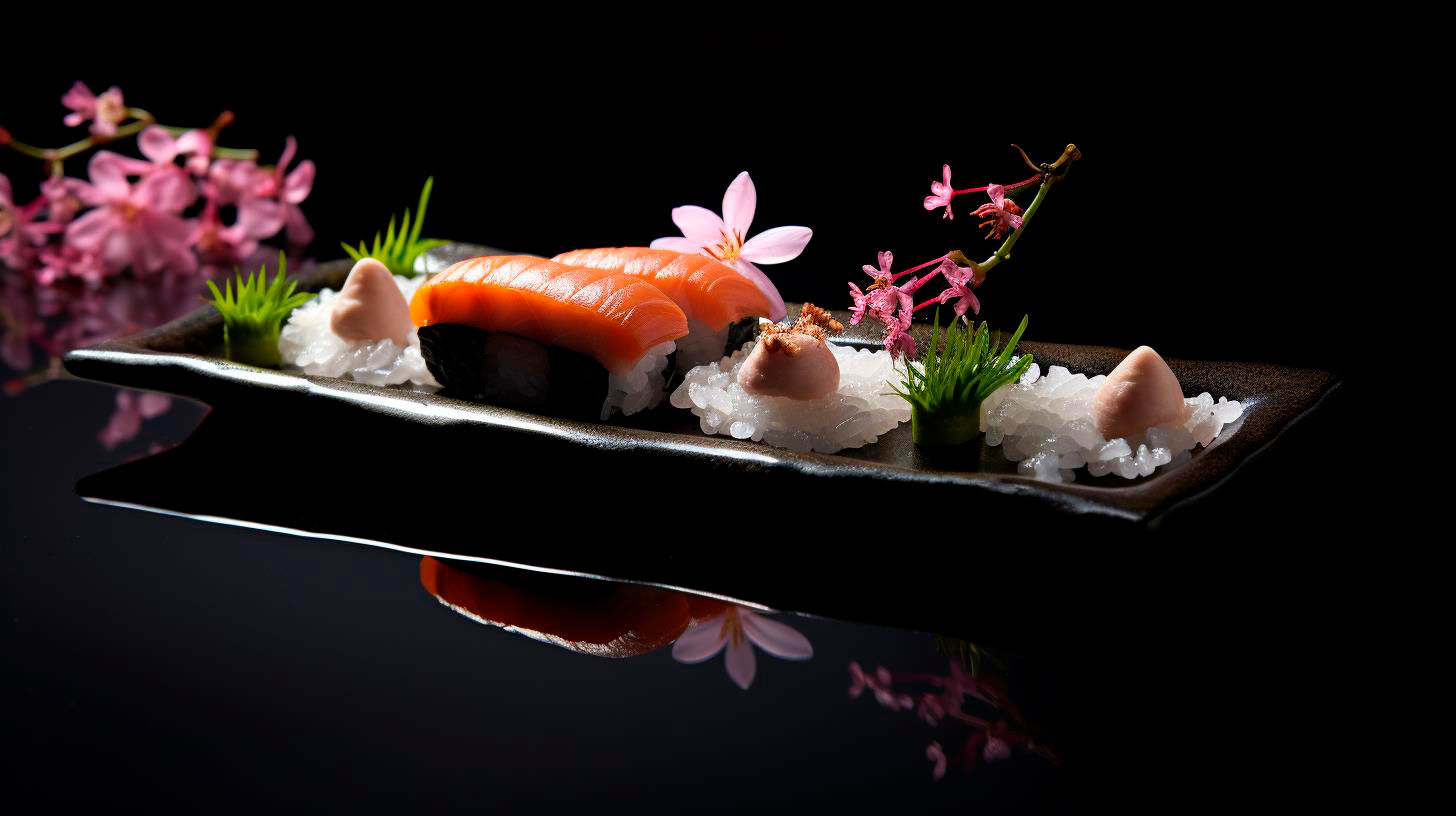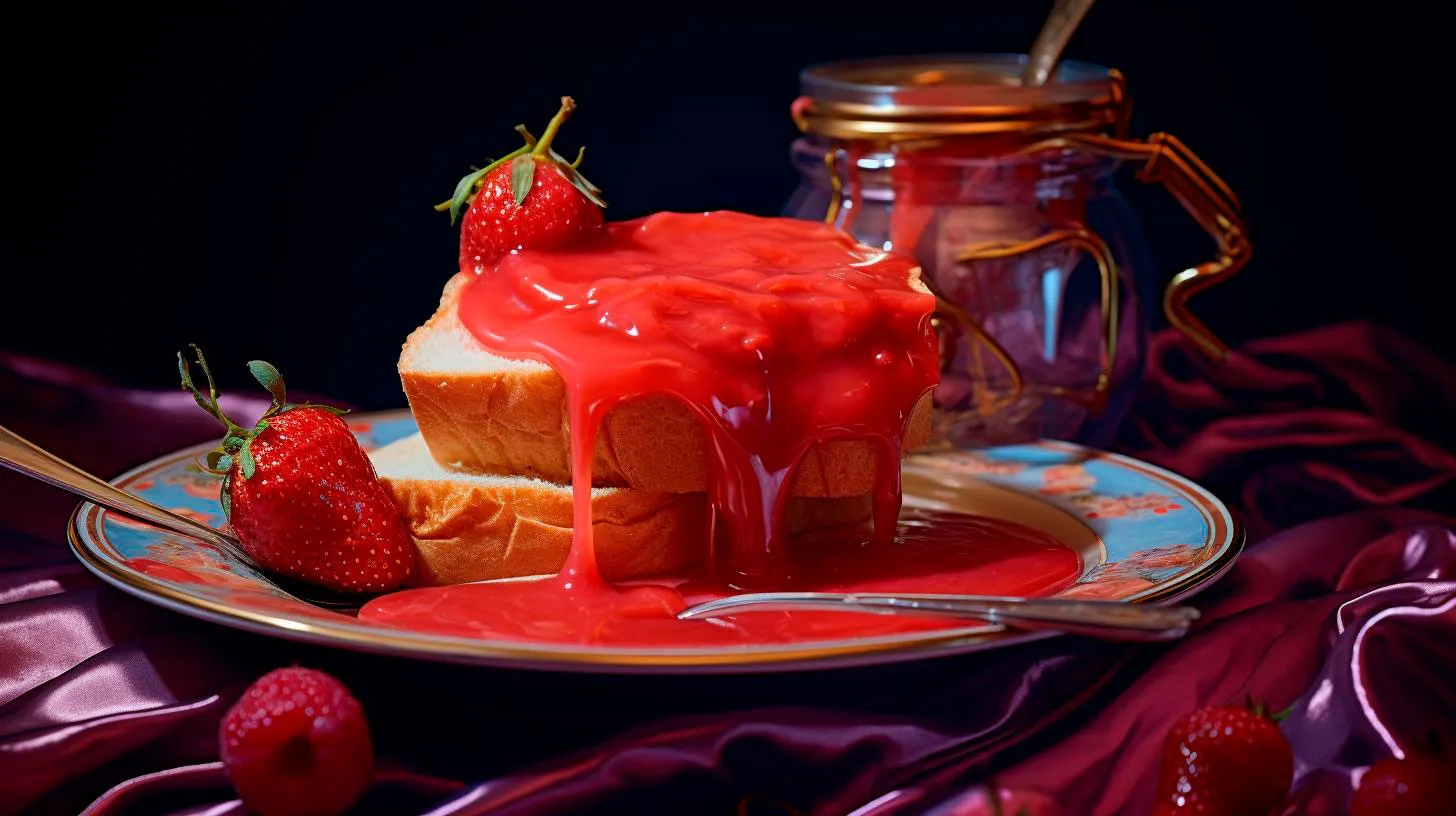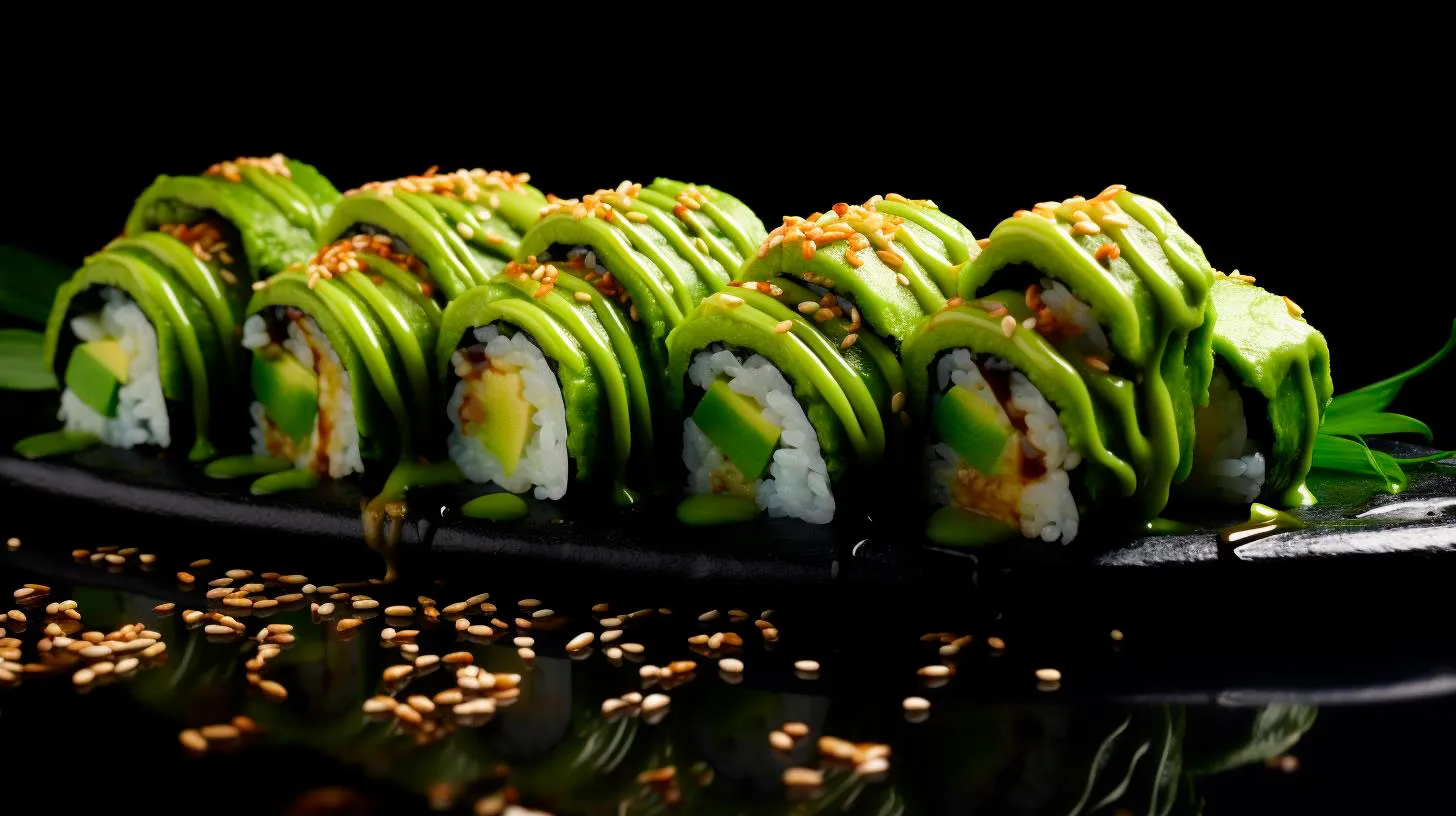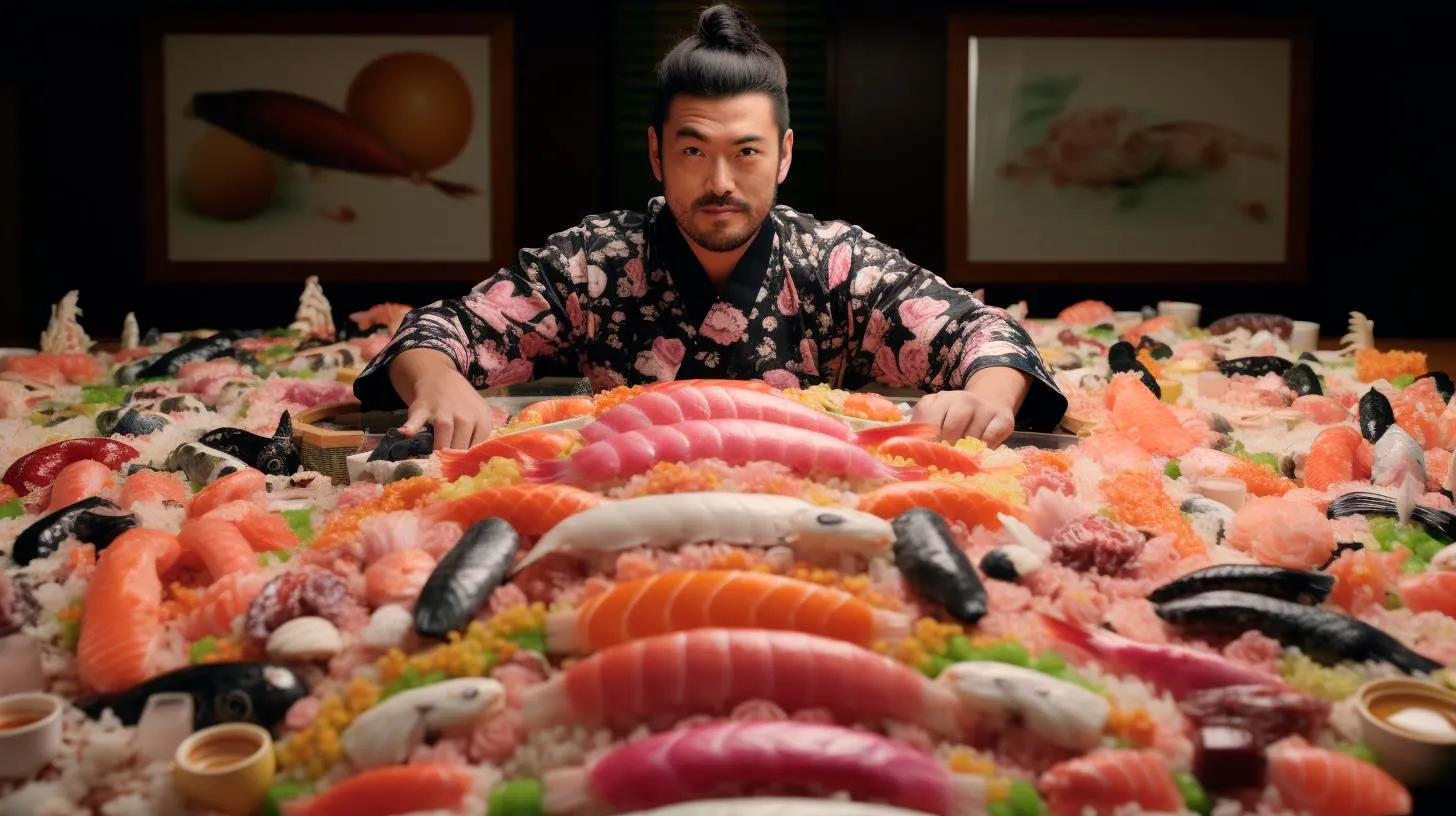In this article, we will dive into the world of tobiko and masago, exploring their origin, taste, and various uses in sushi preparation.
What is Tobiko?
Tobiko is the roe of flying fish, specifically from the species known as the Japanese flying fish. Harvested mainly in Japan and parts of Southeast Asia, the eggs are small, crunchy, and known for their vibrant colors, which can range from brilliant red to golden yellow. Tobiko is often marinated in soy sauce, mirin, or other savory seasonings to enhance its flavor.
Tobiko Key Takeaways:
- Tobiko is the roe of the Japanese flying fish.
- It is characterized by its small size, crunchiness, and vibrant colors.
- Tobiko is often marinated to enhance its flavor.
What is Masago?
Masago, on the other hand, refers to the roe of the capelin fish, which is commonly found in the Arctic and North Atlantic oceans. Compared to tobiko, masago is slightly smaller and has a more delicate texture. Its translucent orange color makes it visually striking and a popular choice for adding a pop of color to sushi rolls.
Masago Key Takeaways:
- Masago is the roe of the capelin fish.
- It has a smaller size and a delicate texture.
- Masago adds visual appeal to sushi rolls with its translucent orange color.
Tobiko vs. Masago: How Do They Differ?
While tobiko and masago may appear similar at first glance, there are some key differences that set them apart. Let’s take a closer look:
Tobiko:
- Originates from the Japanese flying fish.
- Has larger eggs and a crunchier texture.
- Comes in a variety of vibrant colors, including red, orange, yellow, green, and black.
- Often marinated in savory seasonings to enhance its flavor.
- Commonly used as a topping for sushi rolls.
Masago:
- Derived from the capelin fish found in the Arctic and North Atlantic oceans.
- Has smaller eggs and a more delicate texture.
- Characterized by its translucent orange color.
- Provides visual appeal and subtle flavor enhancement to sushi rolls.
- Used in a wide range of sushi preparations, including gunkan-maki and chirashi sushi.
Uses and Advantages in Sushi
Both tobiko and masago bring unique qualities to sushi creations and play important roles in enhancing the overall taste and presentation. Here are some popular uses and advantages of these tiny gems in sushi:
Tobiko:
- Provides a burst of flavor with its crunchy texture and umami taste.
- Adds vibrant colors and visual appeal to sushi rolls.
- Offers a contrast in texture when combined with soft ingredients like avocado or salmon.
- Creates a delightful popping sensation when savored.
Masago:
- Imparts a mild briny flavor that complements various sushi ingredients.
- Enhances the aesthetic presentation of sushi with its translucent orange color.
- Offers a delicate mouthfeel with its smaller eggs.
- Provides a balanced texture when paired with creamy sauces or fillings.
In Conclusion
Tobiko and masago are tiny gems that add an extra layer of flavor, texture, and visual appeal to sushi rolls. The crunchy eggs of tobiko and the delicate texture of masago bring unique characteristics to every bite. Whether you are a fan of the vibrant colors of tobiko or the translucent beauty of masago, their presence atop your favorite sushi creations enhances the overall experience.
So, next time you indulge in sushi, take a moment to appreciate these tiny but mighty ingredients that make sushi such a beloved culinary delight. Enjoy the burst of flavor, the varied colors, and the delightful popping sensation that tobiko and masago bring to your palate!



